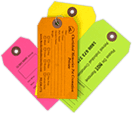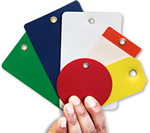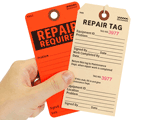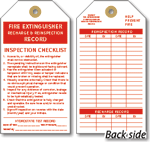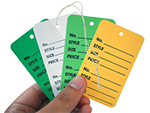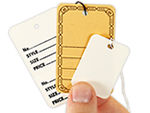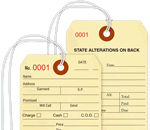A.
The different types of tags and labels required on garments are:
Brand Label: A brand label can have the name of your brand or brand logo. A brand label is associated with the product quality, durability, and feel-good factor.
Size Label: Size labels may contain only a letter to denote a specific size like S for Small, M for Medium and L for Large, XL for Extra Large, and so on. In kids’ clothing, sizes can be displayed according to age brackets like 0-3 months. Alternatively, size labels can also show a measurement value with a unit which will help customers decide whether the garment will fit or not.
Care Label: Mostly attached at the side seam, these labels are printed with wash care and ironing instructions in the form of text or symbols. Care labels inform buyers what not to do during washing, drying, and ironing to maintain the color, print, and fit of the garment. Care labels prevent shrinkage and color bleeding issues in clothes. The label may include information about fiber content like “40% Poly and 60% Cotton”, country of manufacturing, and other details.
Hang Tags: Hang Tags or garment tags contain information about the code number, style, size, and price of the garment. Sometimes, even garment hang tags can have care instructions, manufacturer, or material details. However, these tags are not intended to stay on the garment and are discarded before use by the buyer.



